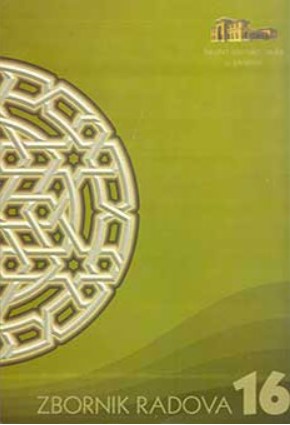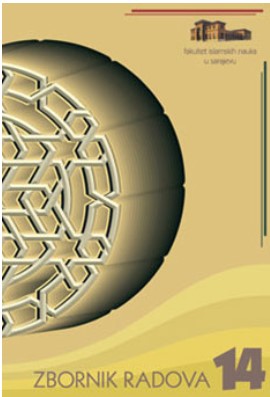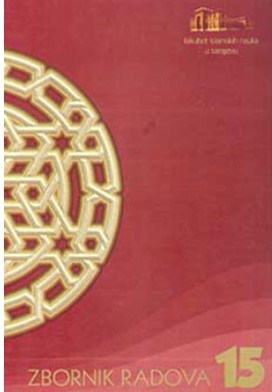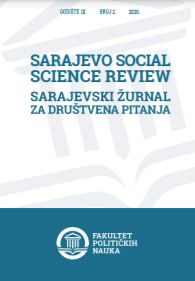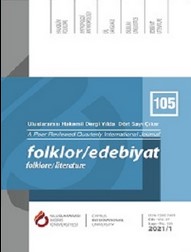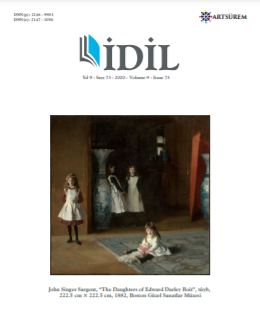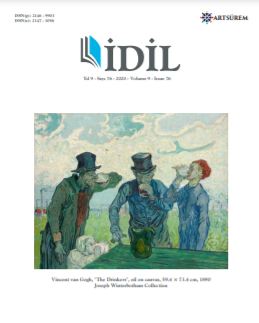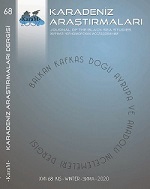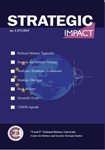
THE ISLAMIC CULTURAL FACTOR IN RELATION WITH GLOBALISATION
Continuous and persistent assorted forms of terror unleashed on innocent civilians pose the greatest challenge to global peace and security today. Perhaps the Islamist terrorist is not understood correctly. Perhaps a true understanding of the Islamist terrorist lies in a thorough knowledge of their cultural background. In the era of interdependence, daily interchanges and globalization, where issues of cultural difference have become proximate, understanding the numerous actors through their way of life and integrating their concerns in world affairs is crucial for world peace and security. In this article, I am to reveal in short the study made upon the core values that dictate to culture and its unity in Islam, thus exposing the convictions that shape the laws, regulations and the distinct human characteristics of the 1.6 billion Muslims around the globe. The study also gives a highlight on the inner consciousness of Islamist terrorists and shows how the defence and protection of certain absolute values in the Islamic culture drive their evaluation and calculated response to arising circumstances in the course of daily life.
More...
